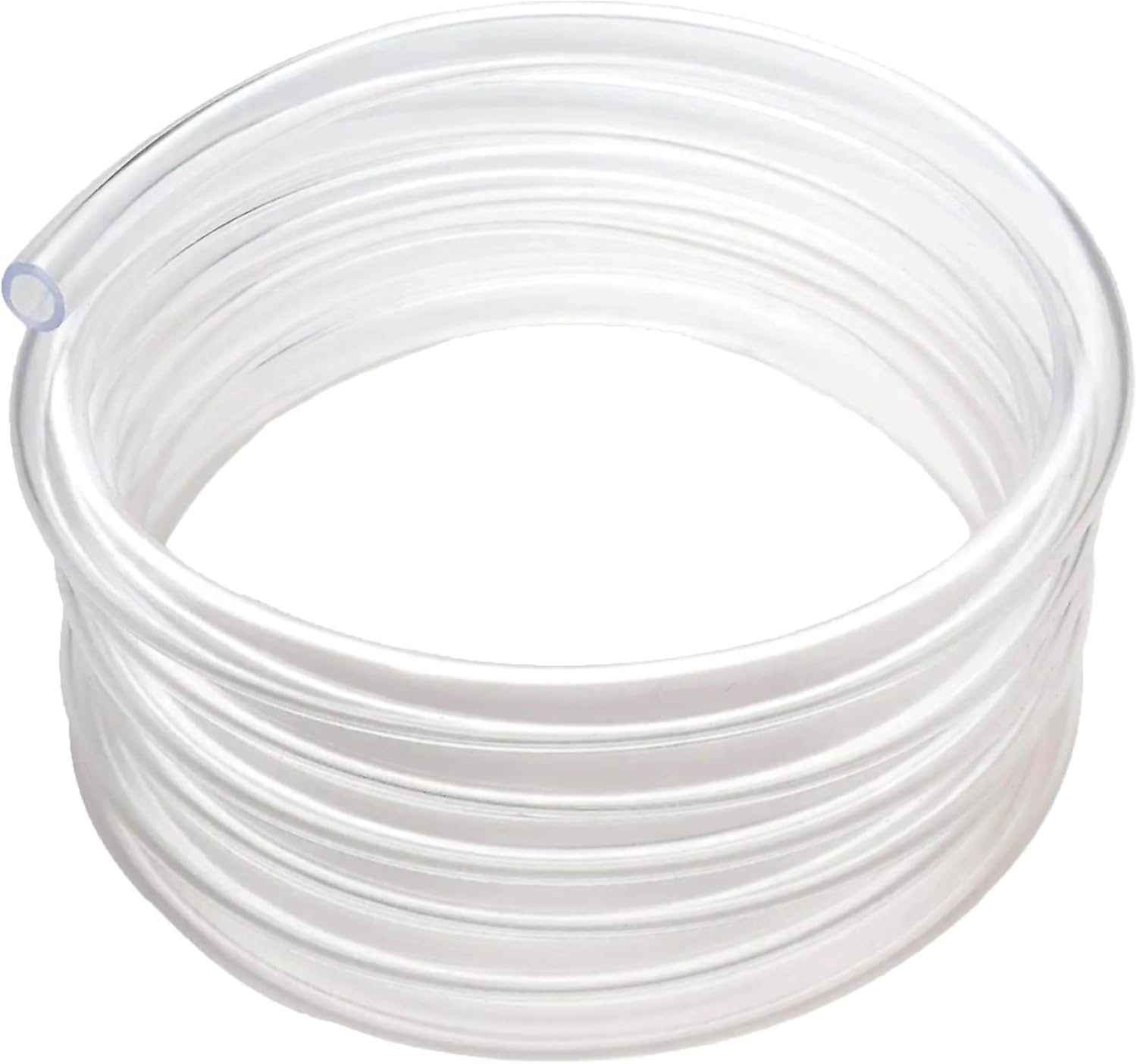What are the common sizes of plastic tubing available?
Plastic tubing is available in various sizes, ranging from small inner diameters of a few millimeters to larger diameters of several inches. The specific sizes depend on the type of plastic tubing and its intended application.
Is plastic tubing suitable for high-pressure applications?
It depends on the type of plastic tubing and the specific pressure requirements. Some types of plastic tubing, such as reinforced PVC tubing, can handle higher pressures, while others may be more suitable for low-pressure applications. It is important to consult the tubing manufacturer's specifications and guidelines.
Can plastic tubing be used for drinking water?
Yes, certain types of plastic tubing, such as food-grade PVC or PEX tubing, are approved for use in drinking water applications. However, it is essential to ensure that the chosen tubing material complies with local regulations and meets the necessary safety standards.
What is the maximum temperature resistance of plastic tubing?
The temperature resistance of plastic tubing varies depending on the material. PVC tubing typically has a maximum temperature rating of around 140°F (60°C), while other materials like PTFE can withstand higher temperatures up to 500°F (260°C) or more. It is crucial to check the manufacturer's specifications for the specific tubing in question.
Can plastic tubing be bent or shaped to fit specific applications?
Yes, plastic tubing can be easily bent or shaped to fit specific applications. The flexibility of plastic tubing allows it to be maneuvered into various configurations without the need for specialized tools or equipment.
Are there any regulations or standards for plastic tubing in industrial applications?
Yes, there are various regulations and standards governing the use of plastic tubing in industrial applications. These regulations ensure the safety, performance, and compatibility of the tubing with specific substances. It is important to choose tubing that meets the required standards for your industry.
What are the advantages of plastic tubing compared to metal tubing?
Plastic tubing offers several advantages over metal tubing: 1. Lightweight: Plastic tubing is significantly lighter than metal tubing, making it easier to handle and install. 2. Corrosion Resistance: Plastic tubing is resistant to corrosion, eliminating the need for additional coatings or treatments. 3. Cost-Effective: Plastic tubing is generally more cost-effective than metal tubing. 4. Flexibility: Plastic tubing is highly flexible, allowing for versatile installation options. 5. Insulation Properties: Plastic tubing has better insulation properties, reducing heat transfer or condensation.
Can plastic tubing be used in outdoor applications?
Yes, certain types of plastic tubing are suitable for outdoor applications. UV-resistant tubing, for example, can withstand prolonged exposure to sunlight without degradation. Additionally, using weatherproof fittings and connectors ensures the longevity of plastic tubing in outdoor environments.
How do I ensure proper installation of plastic tubing?
To ensure proper installation of plastic tubing, follow these steps: 1. Cut the tubing to the desired length using a sharp, clean cutting tool. 2. Deburr the tubing edges to ensure a smooth surface and prevent any damage. 3. Use compatible fittings and connectors for secure connections. 4. Consider using clamps or brackets to secure the tubing in place and prevent any unwanted movement. 5. Test the system for leaks and proper flow before finalizing the installation.

















































